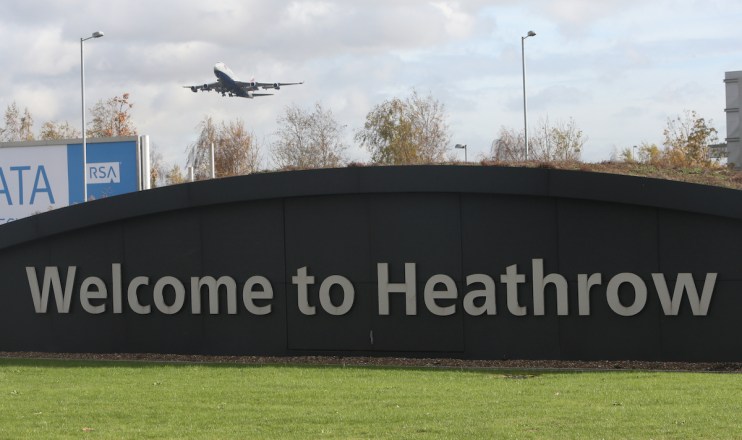Explainer: Heathrow loses in landing fees war – to the benefits of passengers

Today wasn’t a good day for Heathrow, and that’s before you start on the snow delaying arrivals. The airport was forced to slash landing fees by 20 per cent, starting next year. The regulator, the Civil Aviation Authority, sided with the airlines who have been fighting with the airport to bring the fee down.
The average maximum per-passenger fee will drop from £31.57 this year to £25.43 in 2024, and should stay flat until at least 2026. Heathrow was campaigning to have the landing fee, which is paid by passengers as part of the cost of their ticket, as high as £40. The fee covers things like security and handling luggage.
Over the last year, the road has been bumpy – to say the least – for Heathrow. The airport got engulfed in a year-long fight with airlines over this fee. Heathrow execs argued that investment was at risk, and that the high fee was justified by everything the airport had to go through during the pandemic.
Airlines including Virgin Atlantic and British Airways were ready for a fight. They argued the airport wasn’t being honest about its recovery, with Virgin Atlantic chief executive Shai Weiss accusing it of “peddling false narratives”. Heathrow pushed back pointing to the airlines’ alleged bumper profits as travel recovered post-pandemic.
Heathrow’s losses almost halved last year, going from £1.27bn in 2021 to £648m in 2022. But the shortages in staff suffered by both the airport and many airlines didn’t help with the recovery, with Heathrow forced last summer to impose a cap on the number of passengers to prevent serious delays and cancellations.
Yet the regulator believes its final decision represents a “good deal for consumers using Heathrow” – and consumers surely agree. Flying already feels expensive enough as it is. If it does return to pre-pandemic as it’s predicted for next year, Heathrow won’t have much to complain about.